
Photo: Marta Ortigosa / Pexels
Pollution from plastics has reached epidemic proportions, officials said. Representatives of 175 countries adopted a resolution at the UN to end plastic pollution and to draft an international, legally binding agreement by 2024 at the latest. The resolution covers the production, design, and disposal – the entire life cycle – of plastics.
The Fifth UN Environment Assembly (UNEA-5) was held in Nairobi, Kenya. Several days of deliberation and negotiation resulted in the proposal’s unanimous adoption.
The most important environmental accord since the Paris Agreement
To be established this year, an Intergovernmental Negotiating Committee (INC) will be tasked with finalizing a draft of a global, legally binding agreement by the end of 2024.
The final version will address the entire lifecycle of plastics, including recycling and the design of reusable products and materials.
The document will also strengthen international cooperation to facilitate access to technology through capacity building and scientific partnerships.
Anderson (UNEP): It’s an insurance policy for this generation and future ones, so they may live with plastic and not be doomed by it.
“This is the most significant environmental multilateral deal since the Paris accord. It is an insurance policy for this generation and future ones, so they may live with plastic and not be doomed by it,” said Inger Andersen, Executive Director of the UN Environment Program (UNEP).
Along with preparing the agreement for 2024, Anderson states that the UNEP will work with all interested countries and businesses to phase out disposable plastics and mobilize private investment, removing barriers to financing for research related to the circular economy.
Numerous dangers and risks of plastic
Plastic production and pollution accelerate climate change and negatively impact biodiversity and human health. The global plastics industry is valued at $522.6 billion, notes the UNEP, and production capacity is expected to double by 2040 based on current growth rates. Output has grown exponentially in recent decades, from two million tons in 1950 to 348 million tons in 2017.
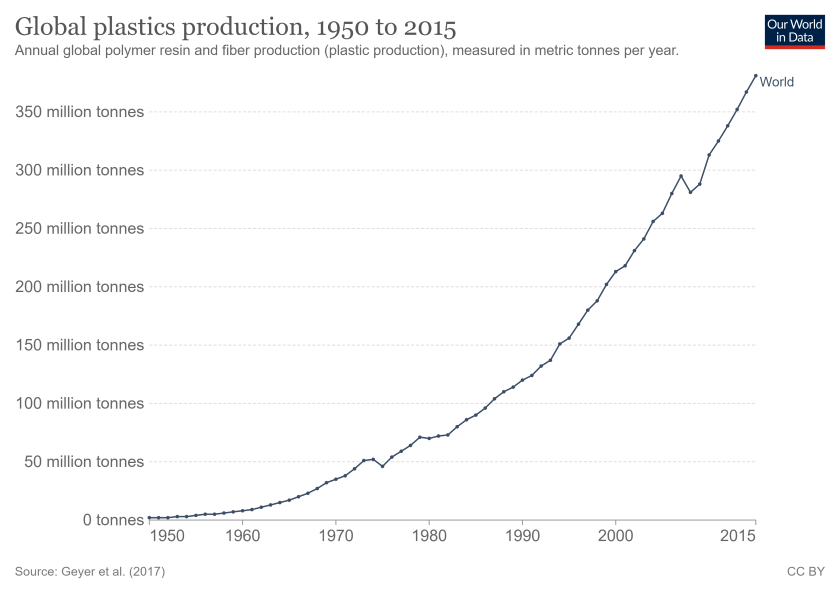
Exposure to plastic can affect fertility and hormonal, metabolic, and neurological systems, while open plastic combustion contributes to air pollution. According to the Paris Agreement, if unchecked, plastics’ production, use, and disposal will constitute approximately 15% of the total allowed greenhouse gas emissions by 2050. About 11 million tons of plastic waste ends up in oceans every year, a sum which could triple by 2040, warns UNEP.
A circular economy to reduce hazards
The summit concluded that transitioning to a ‘circular’ economy would reduce the amount of plastic that ends up in the oceans by more than 80% by 2040. A circular economy could also reduce raw plastic production by 55% and reduce greenhouse gas emissions by 25%.
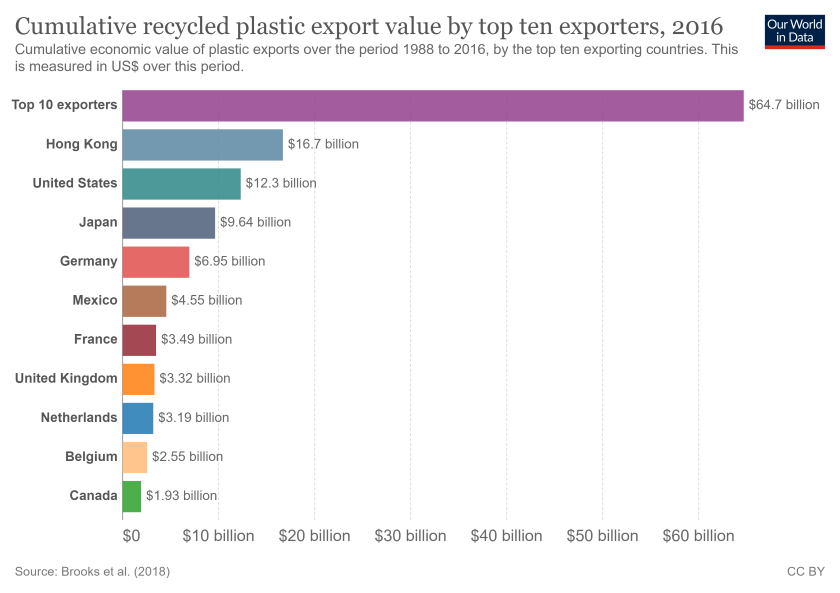
The historic resolution entitled “Ending Plastic Pollution: Towards an International Legally Binding Instrument” was adopted after several days of negotiations, attended by more than 3,400 representatives from 175 United Nations member states, including 1,500 digital participants.
A good start
The document is one of the most ambitious in environmental protection since the 1989 Montreal Protocol, which banned the use of ozone-depleting substances, according to the nature protection organization WWF Adria. Under the rules of the new agreement, states, businesses, and society will have an obligation to eliminate plastic pollution, the statement said.
States, businesses, and society will have an obligation to eliminate plastic pollution from their environment, based on the rules of a new global agreement
“Even though WWF welcomes this decision, we need to highlight that this is just a beginning and a lot of work and decisiveness will be needed from many sides to achieve this treaty that should enable an efficient shift to the circular economy when it comes to plastic,” remarked Nataša Kalauz, CEO of WWF Adria.
WWF Adria noted that the agreement lacks global regulations for the entire life cycle of plastics, including a worldwide ban on harmful products and activities. The organization also emphasized the need to recognize the key role of the informal waste management sector in the circular economy and to enable its participation in the upcoming negotiations.
OECD countries responsible for half of global waste
The Organization for Economic Cooperation and Development (OECD) report finds that the world produces twice as much plastic waste as it did two decades ago. The most waste ends up in landfills, incinerators, or the environment, while only nine percent is successfully recycled.
Today, the world produces twice as much plastic waste as two decades ago
The OECD’s first comprehensive review of the Global Plastics Outlook states that each person produces an average of 221 kilograms of plastic waste per year in the United States, 114 kilograms in Europe, and 69 kilograms in Japan and South Korea. Almost half of all plastic waste is generated in these OECD countries.
The particular danger of microplastics
The report says that most plastic pollution is caused by inadequate collection and disposal of microplastics – waste items with a diameter of more than five millimeters. The authors wrote that microplastics make up 12% of plastic waste that ends up in the environment. Accidental industrial spills are another culprit for microplastics. Tires on asphalt, for example, can shed these invisible particles, as do synthetic fabrics when they go through the laundry.
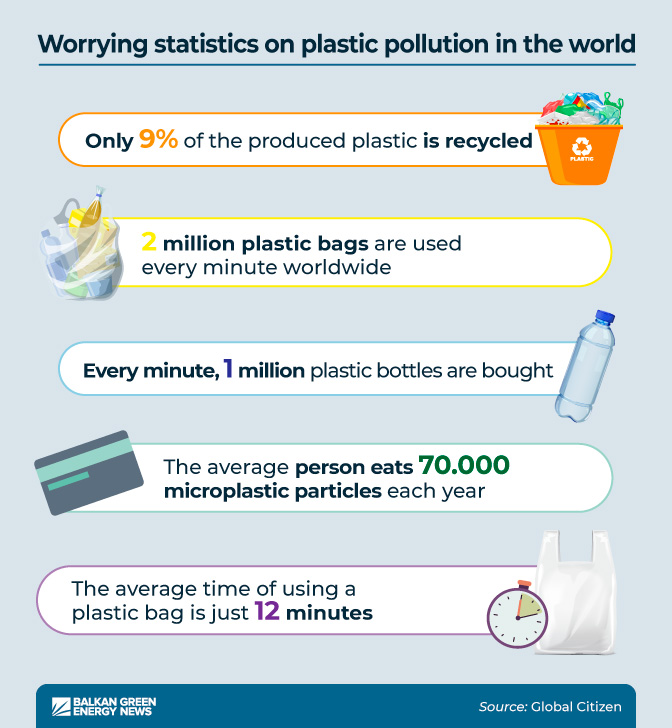
The report states that the economic crisis caused by the pandemic in 2020 led to a 2.2% reduction in overall plastic use, but that increased use of takeaway food packaging, plastic medical equipment, and hygienic masks caused more trash to wind up in illegal landfills and as litter than in 2019. As economic activity recovered last year, plastic consumption also rebounded.
Bans and taxes on single-use plastics exist in more than 120 countries, but their impact on pollution is inadequate
Bans and taxes on disposable plastics exist in more than 120 countries, but they have not significantly reduced overall pollution. Most regulations are limited to items such as plastic bags, which make up a small portion of total waste. The report states that such restrictions can do more to limit the amount of final waste rather than the initial consumption of plastic. For example, landfill and incineration taxes, which encourage recycling, exist in only a few countries.
Unrecycled waste
Most of the plastic used today is ‘virgin,’ primary plastic made from crude oil or gas. While global plastic production from recycled secondary sources has quadrupled, from 6.8 million tonnes in 2000 to 29.1 million tonnes in 2019, this still only represents about 6% of total production.
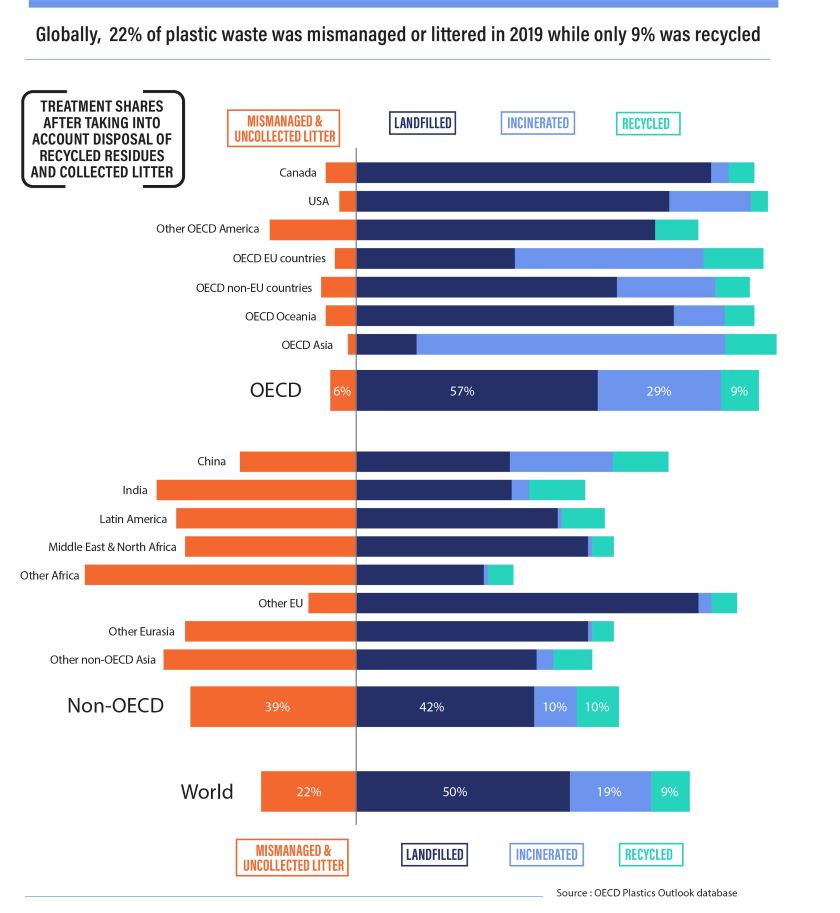
In 2019, 353 million tons of plastic waste were generated worldwide. Almost two-thirds came from plastic, with a lifespan of less than five years. Roughly 40% came from packaging, 12% from consumer goods, and 11% from clothing and textiles. Plastics today cause 3.4% of global greenhouse gas emissions.
15% of global plastic is collected for reuse, but only nine percent is actually recycled. The rest remains as a residual by-product after processing.
Only 9% of plastic waste is recycled, while 50% ends up in landfills
About 19% of plastic waste is incinerated, and as much as 50% winds up in landfills. Another 22% does not enter formal waste management systems but instead goes to uncontrolled landfills, is burned in the open, or ends up scattered in land or water. It is estimated that there are about 30 million tons of plastic waste in the seas and oceans, while 109 million tons have accumulated in rivers. Plastic pollution is also growing due to faulty waste management and recycling practices, states the OECD report.








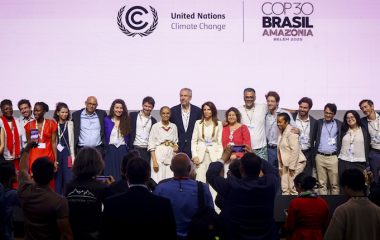
Be the first one to comment on this article.